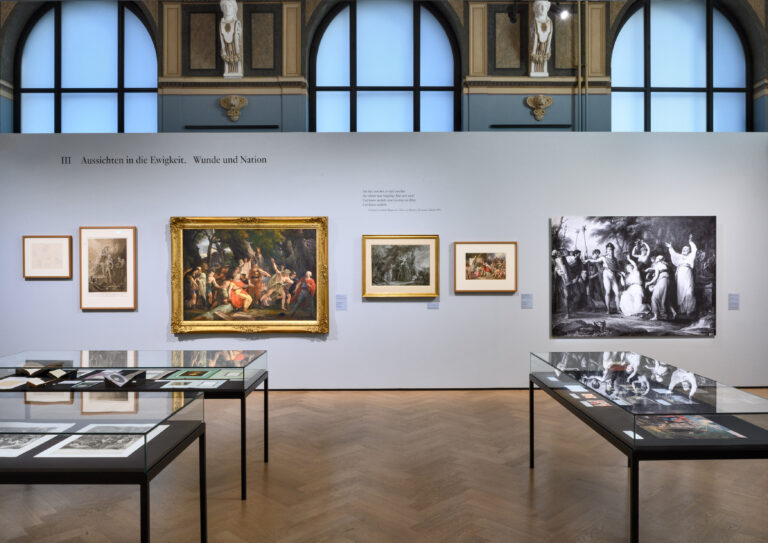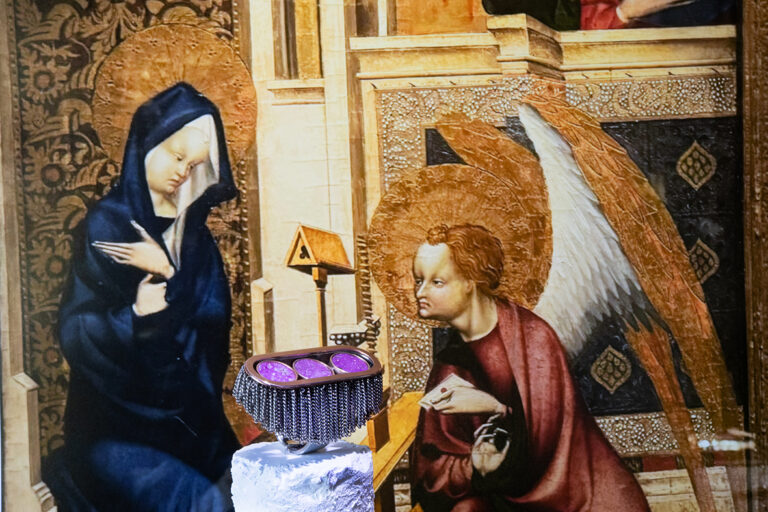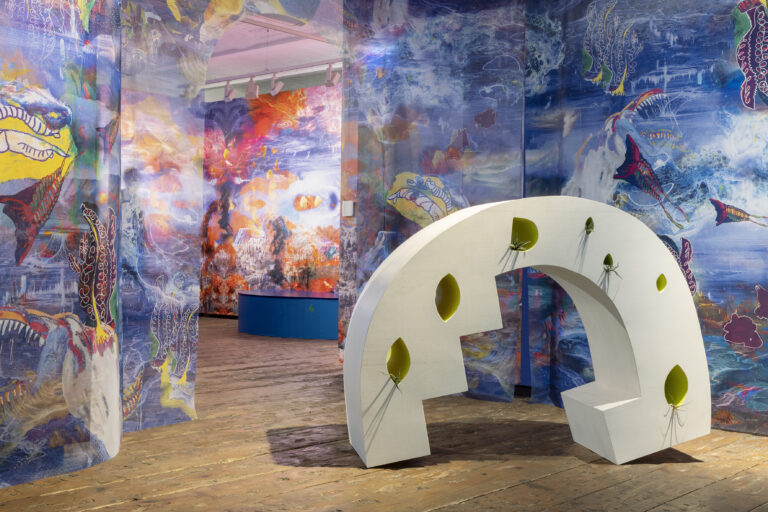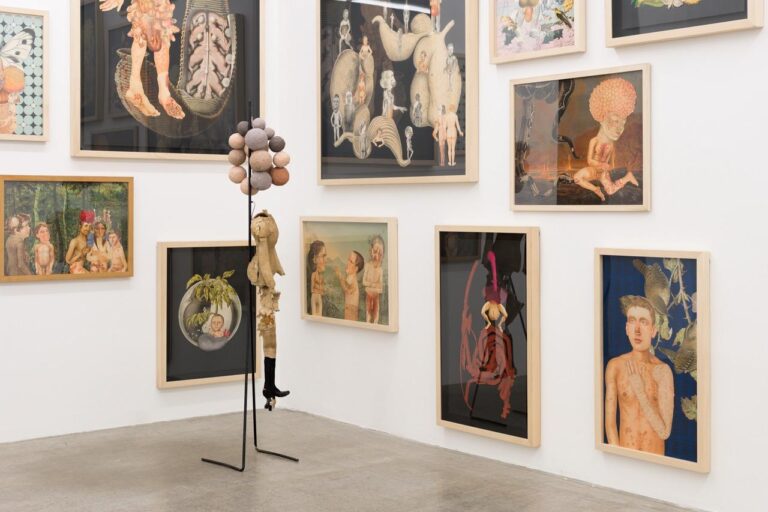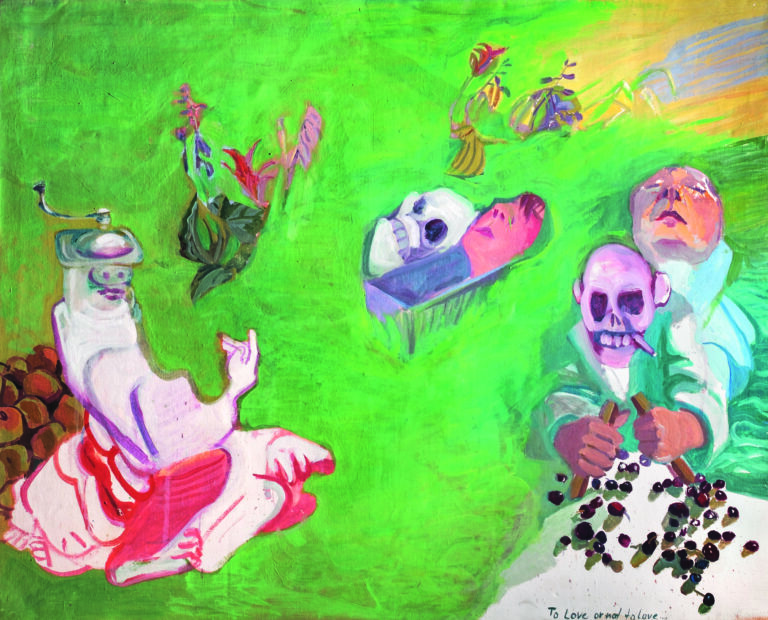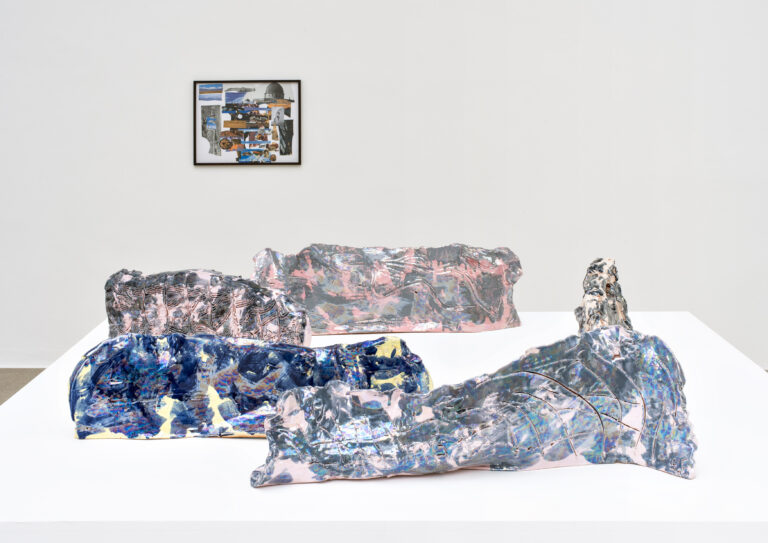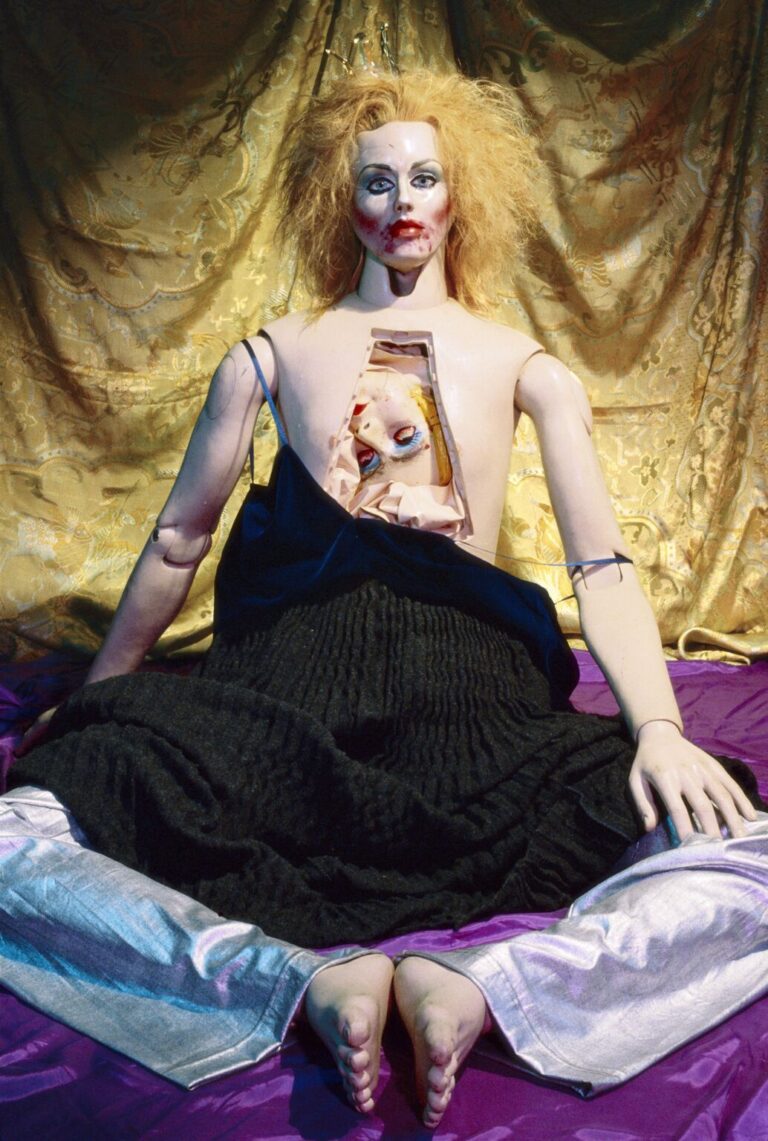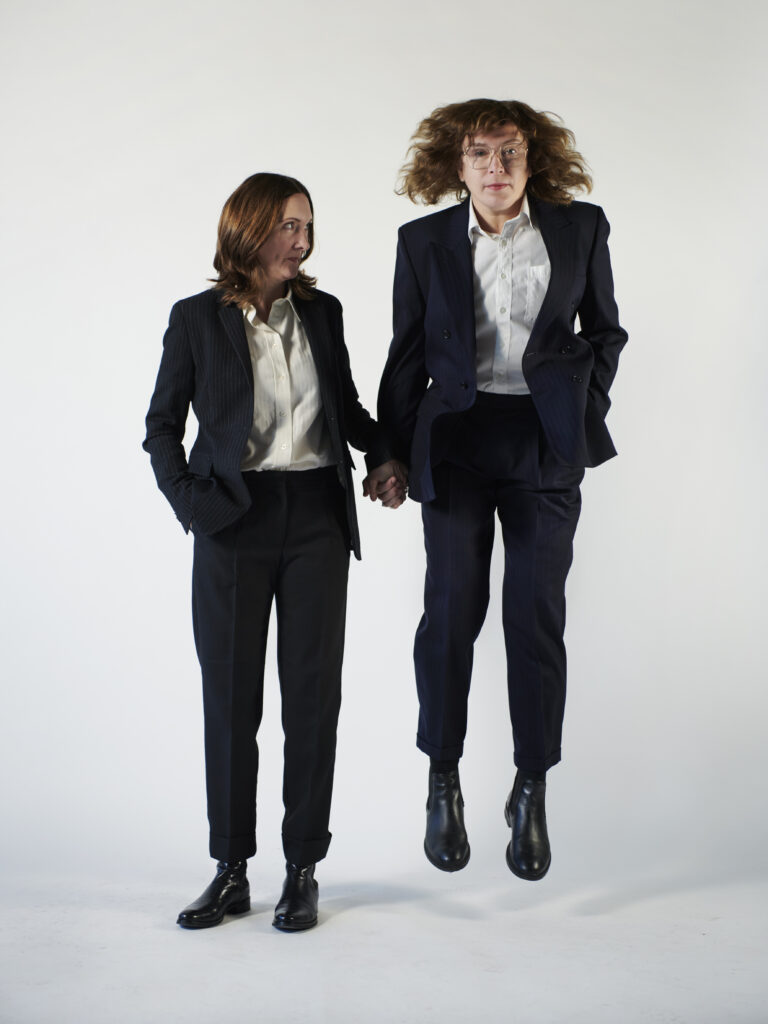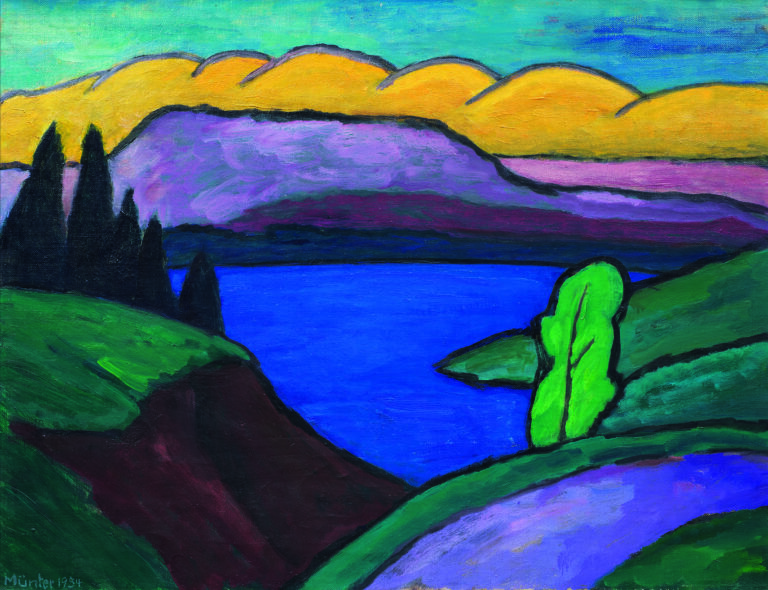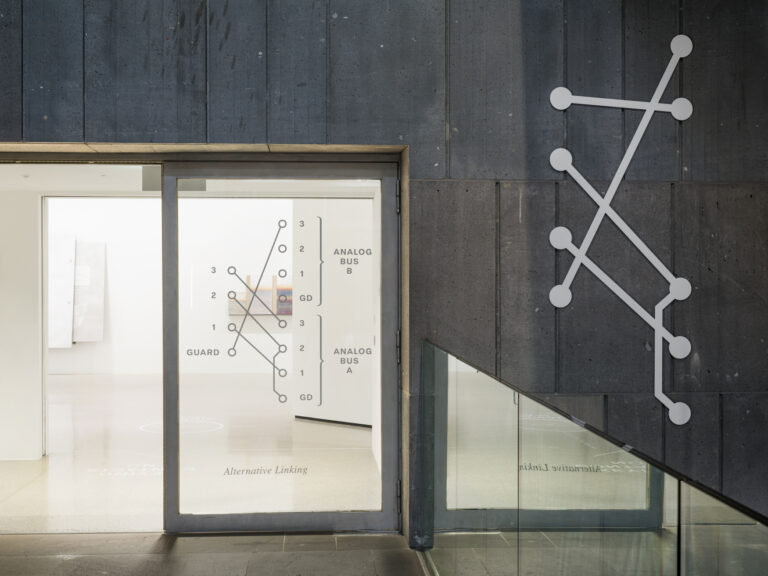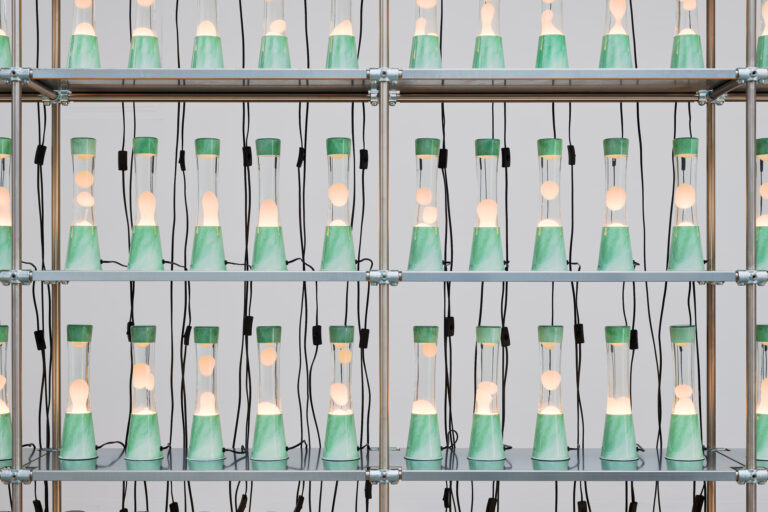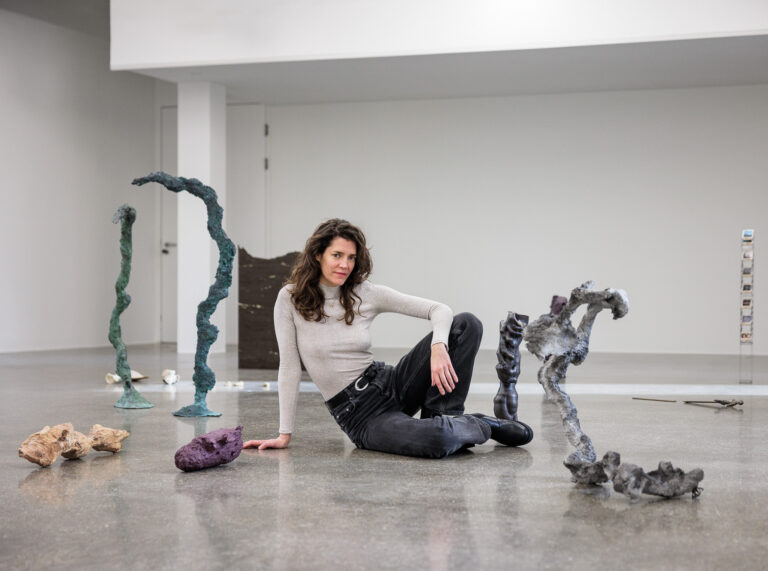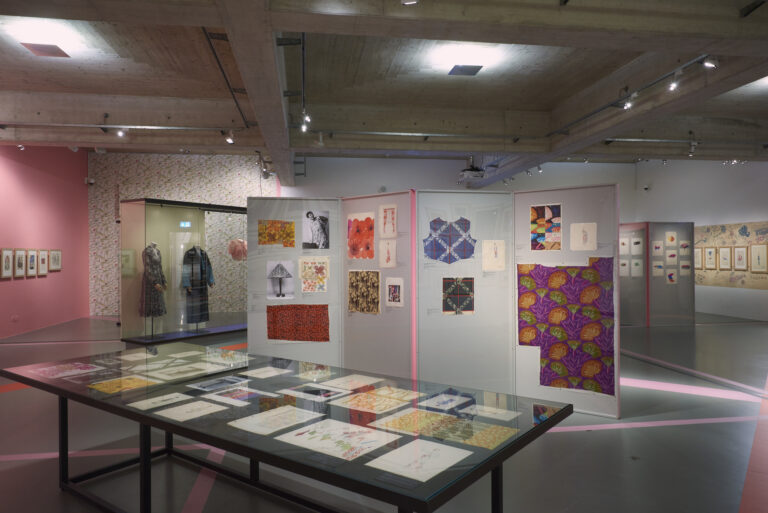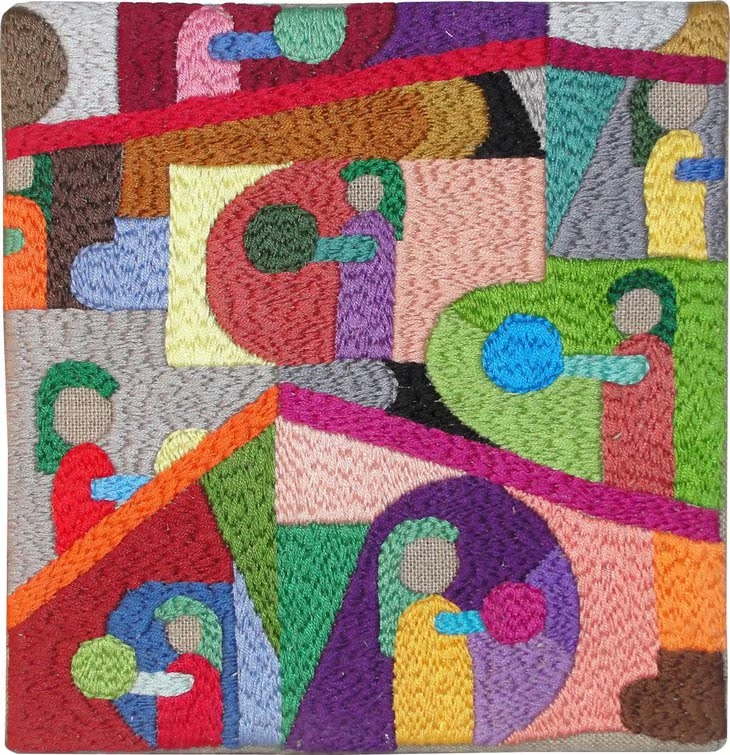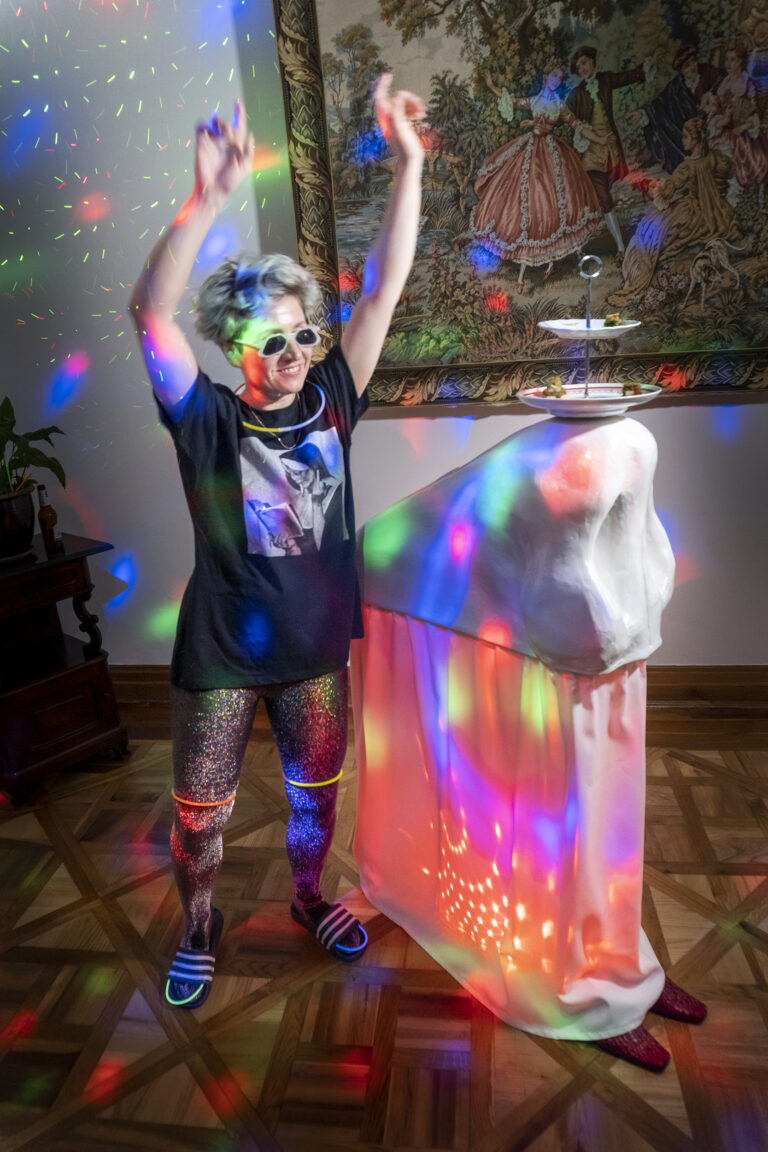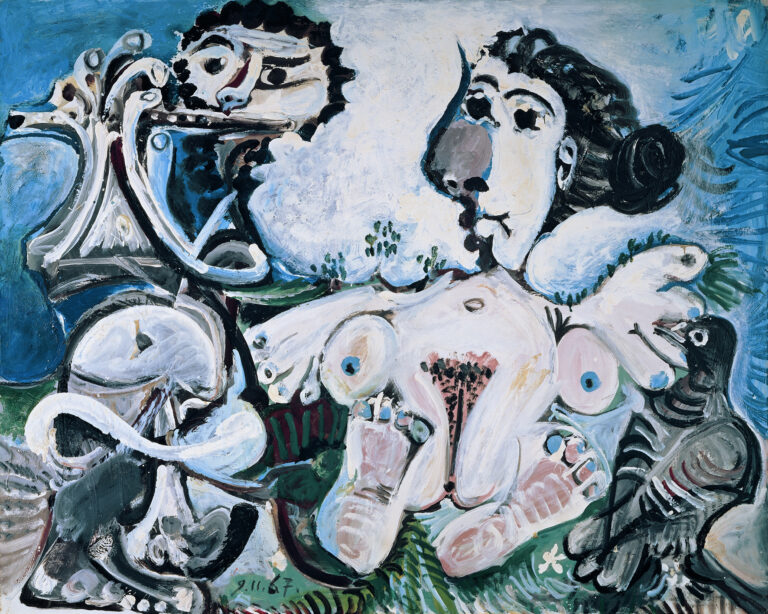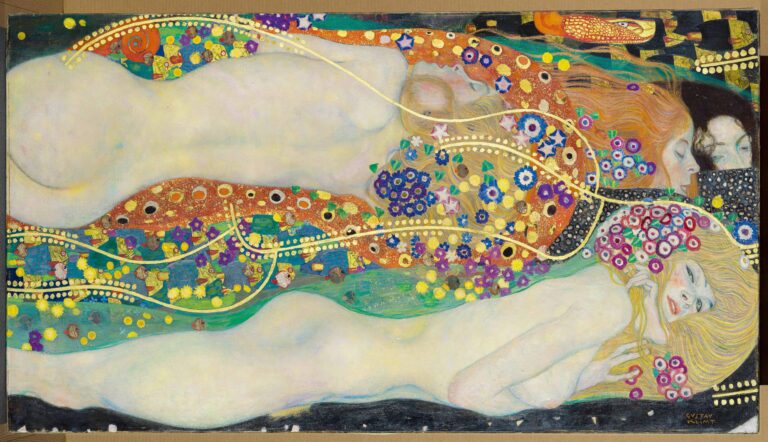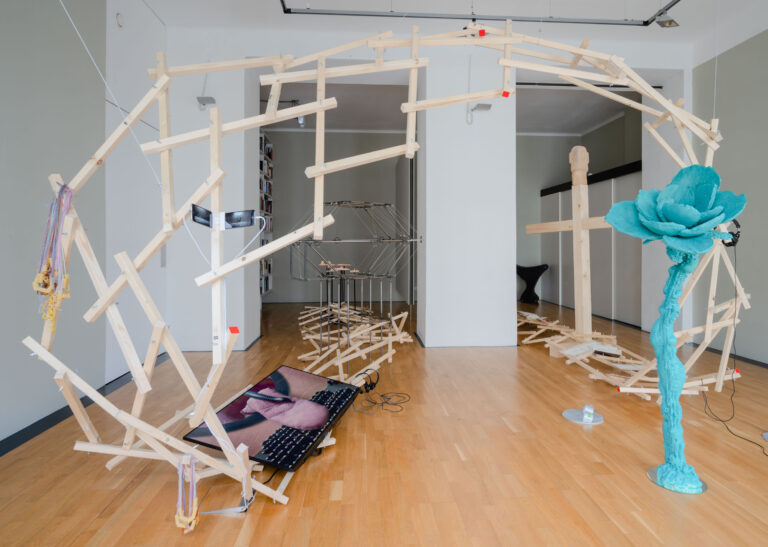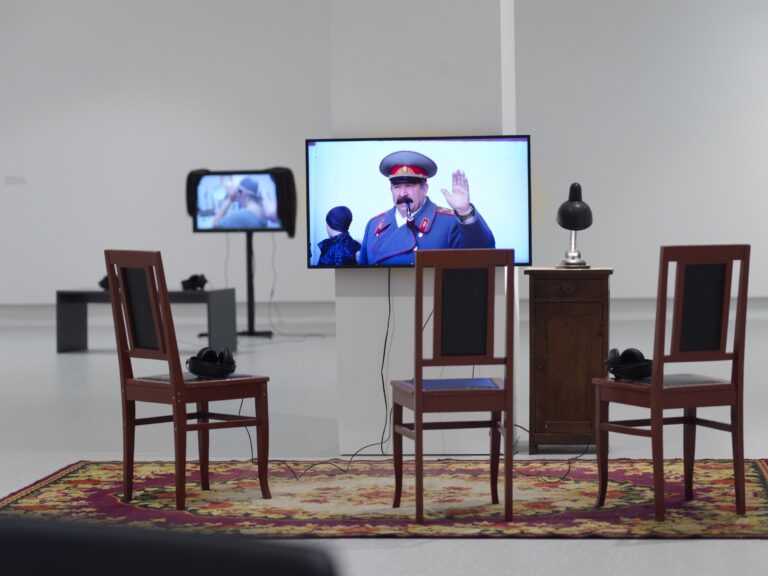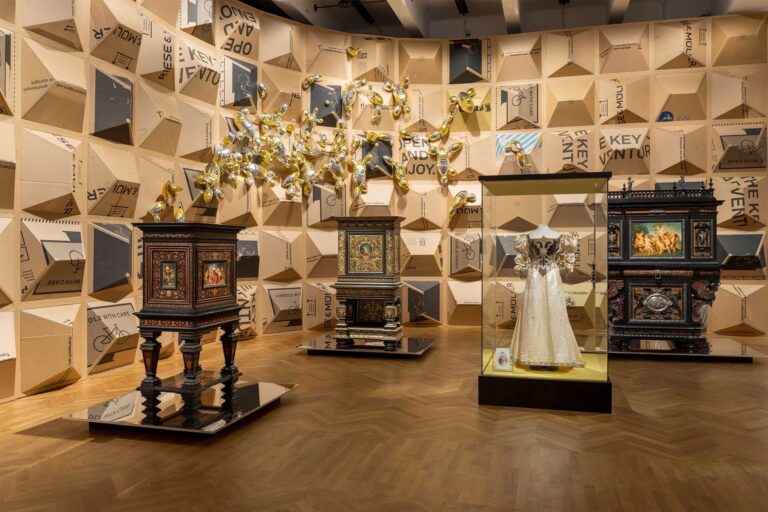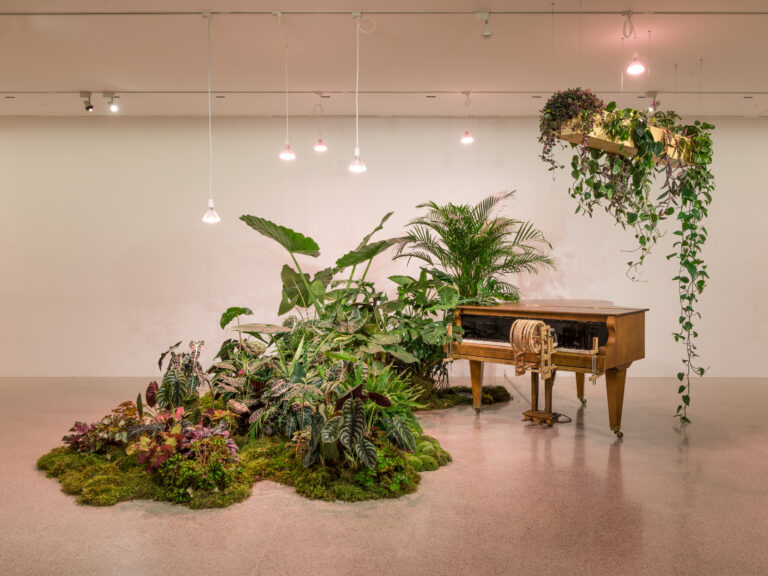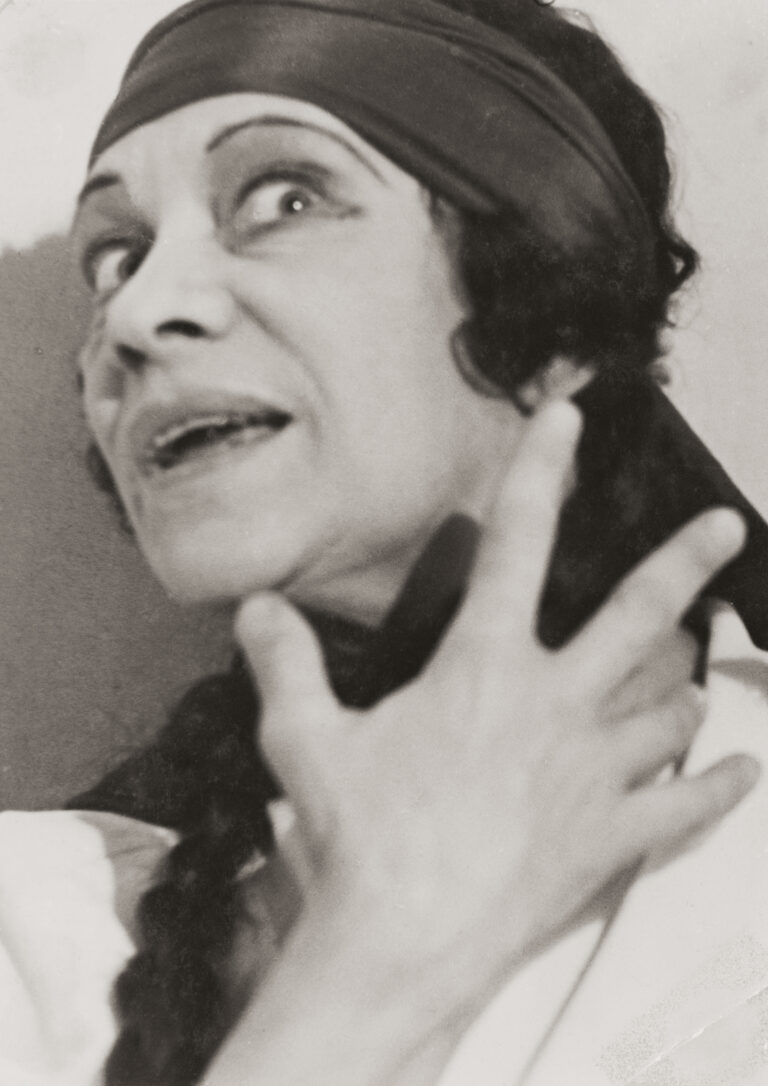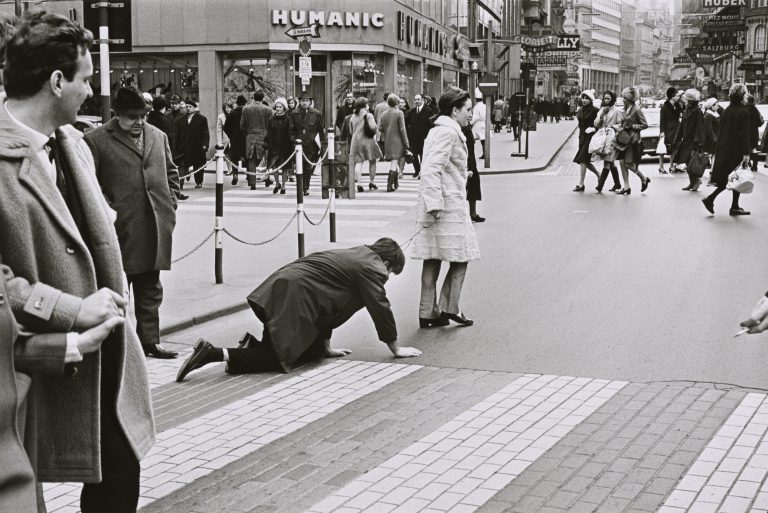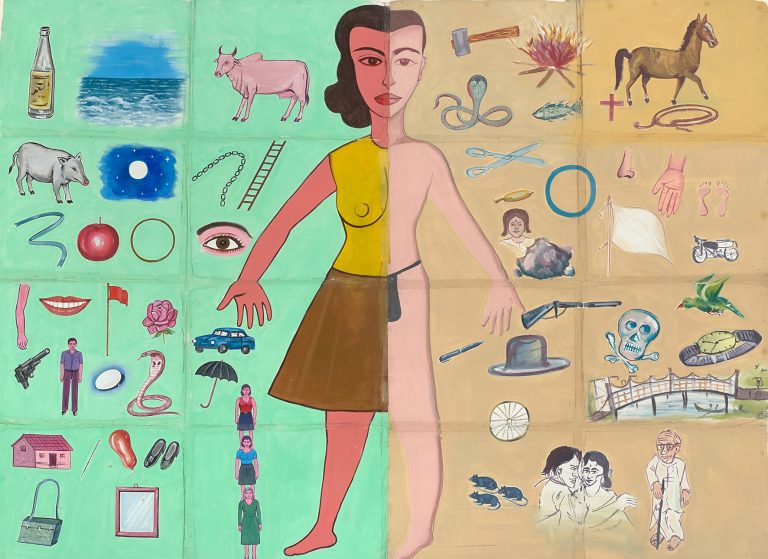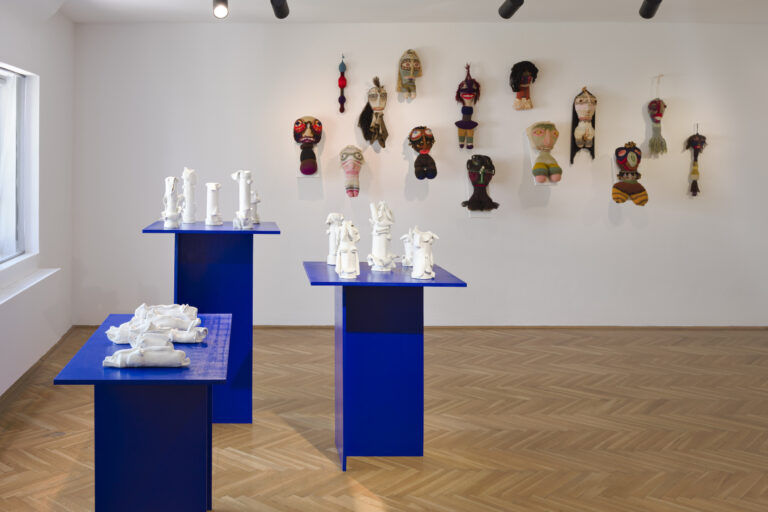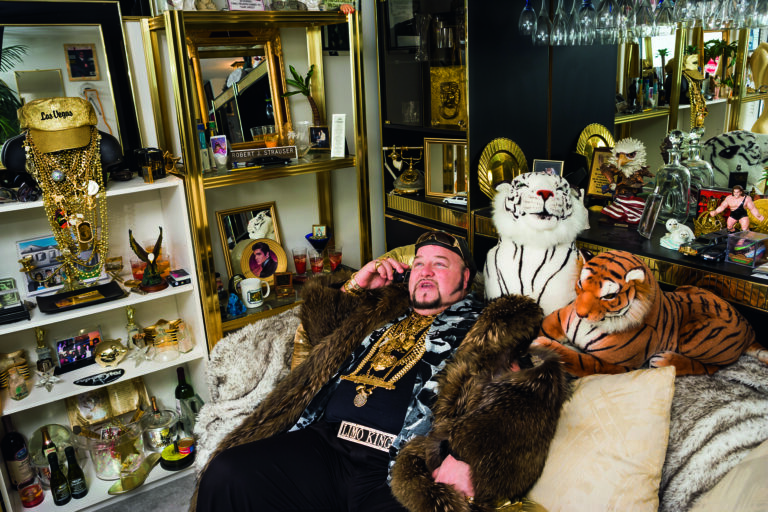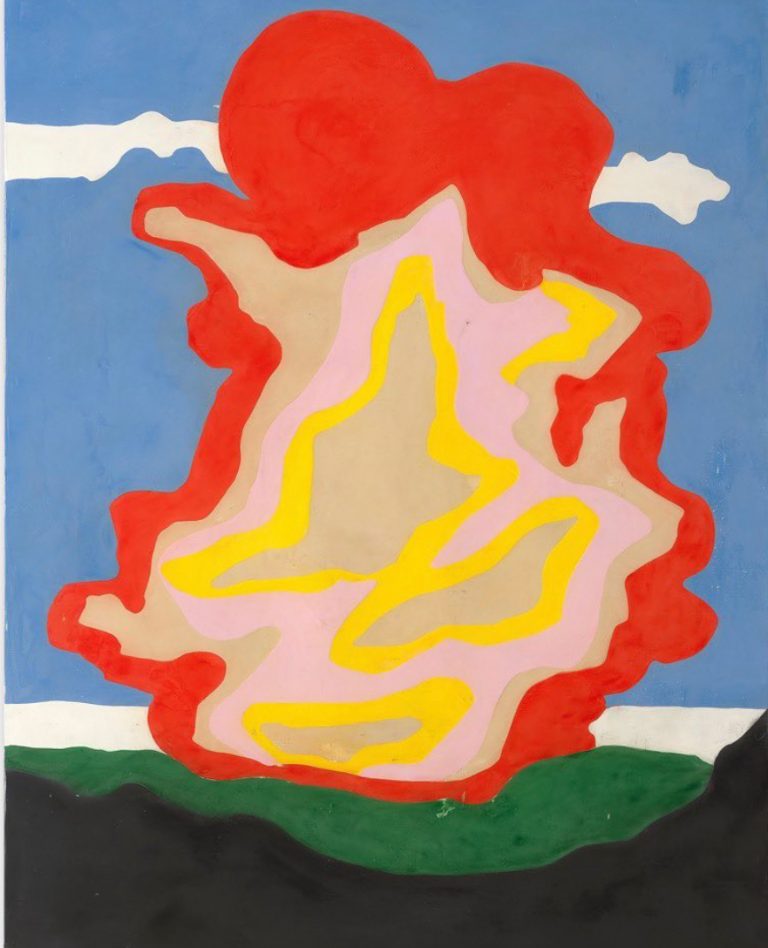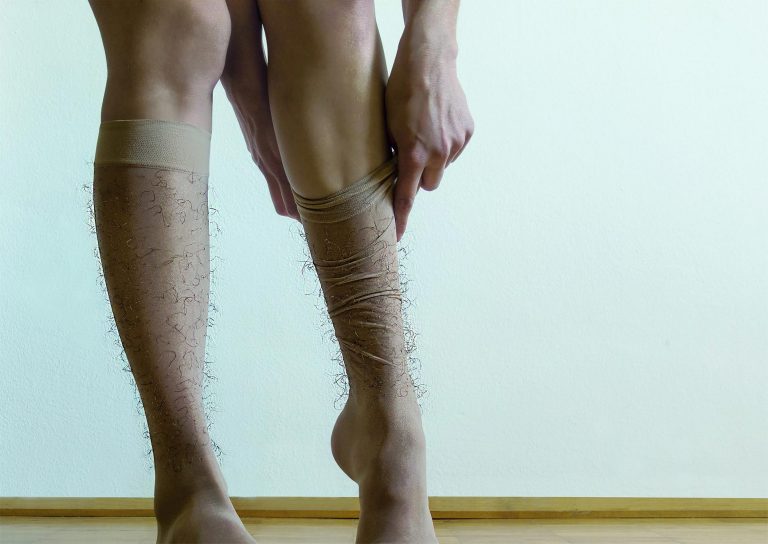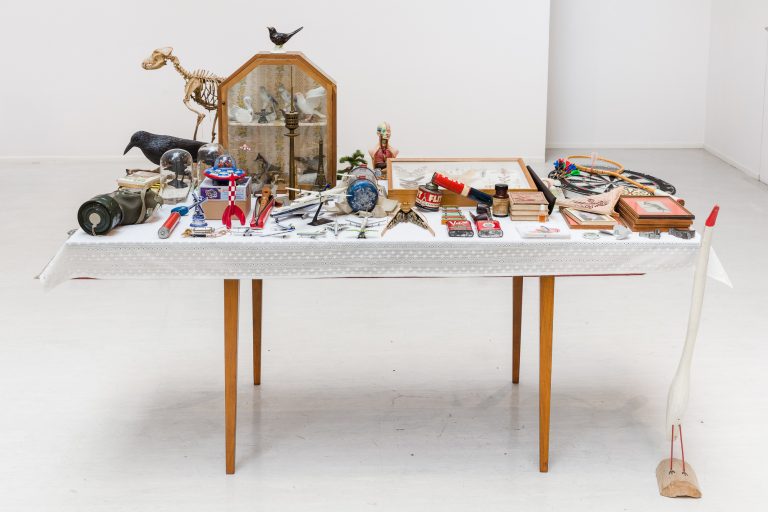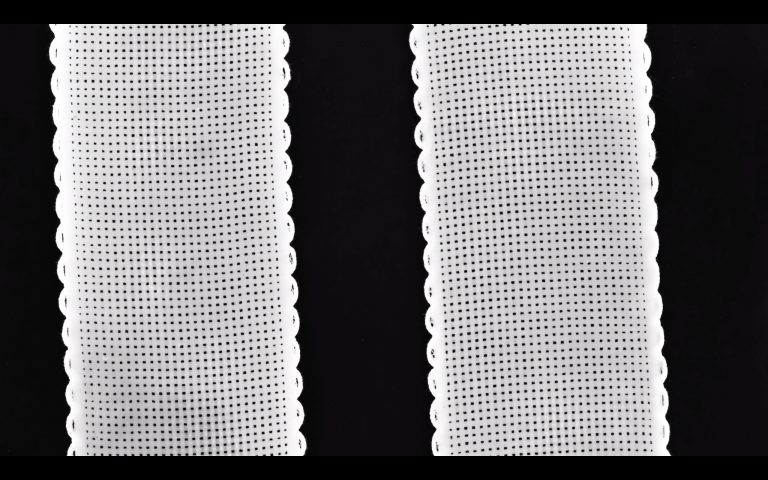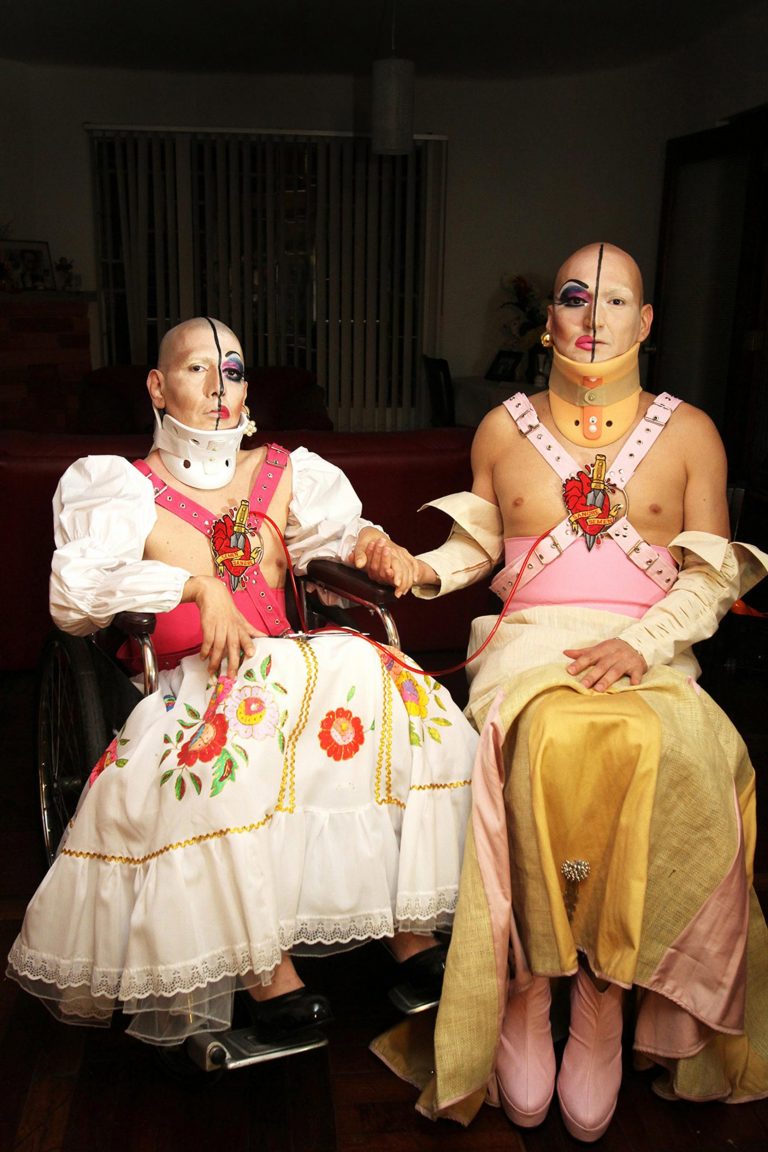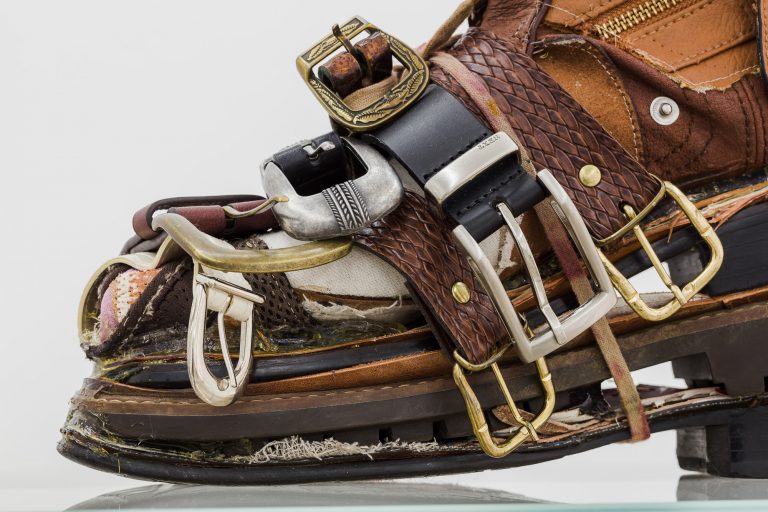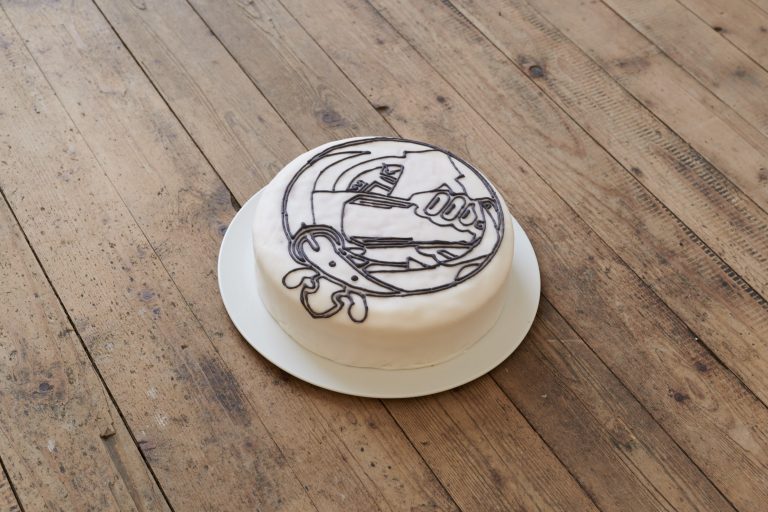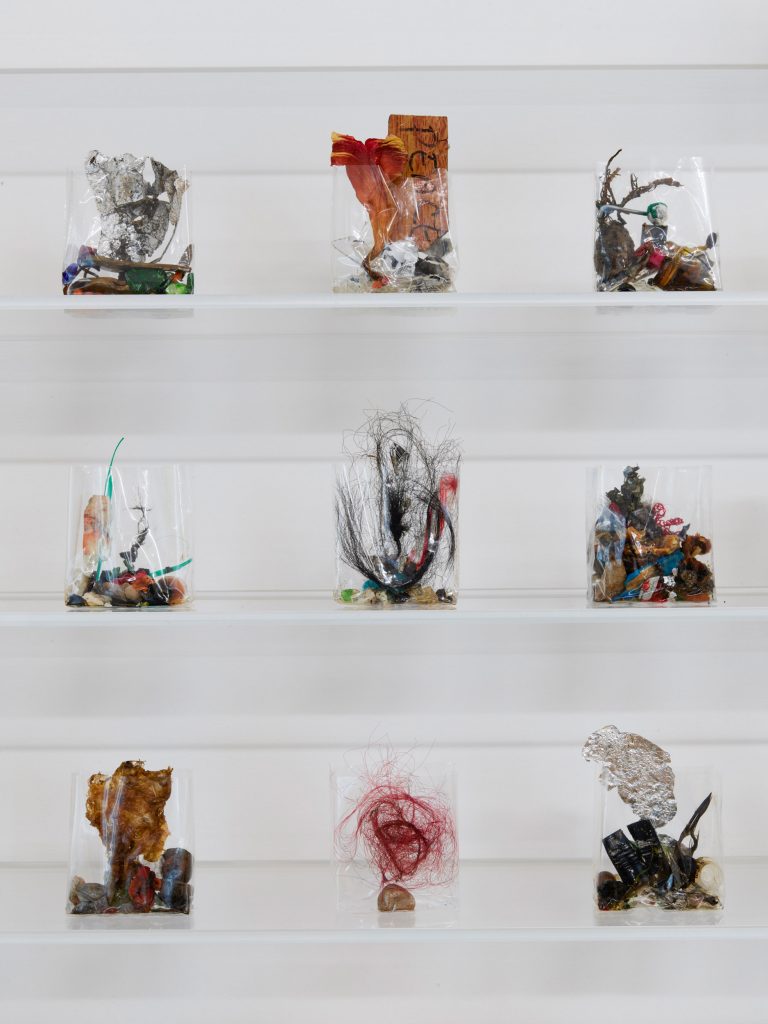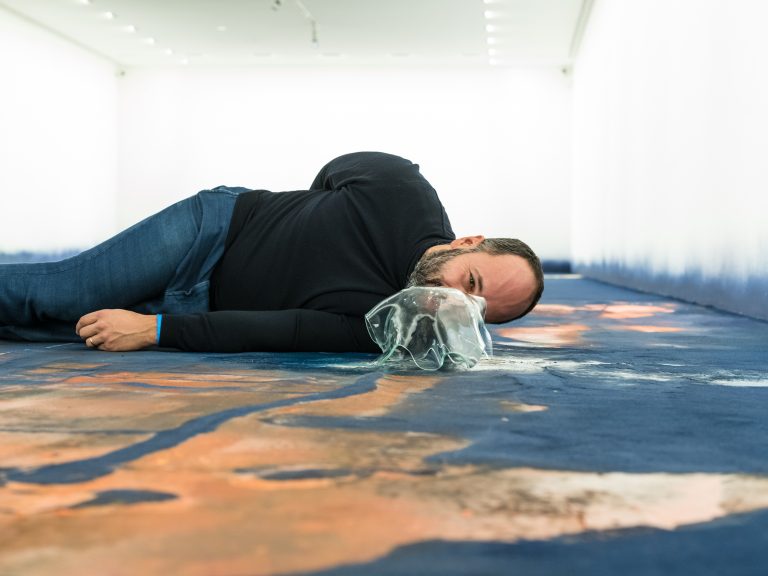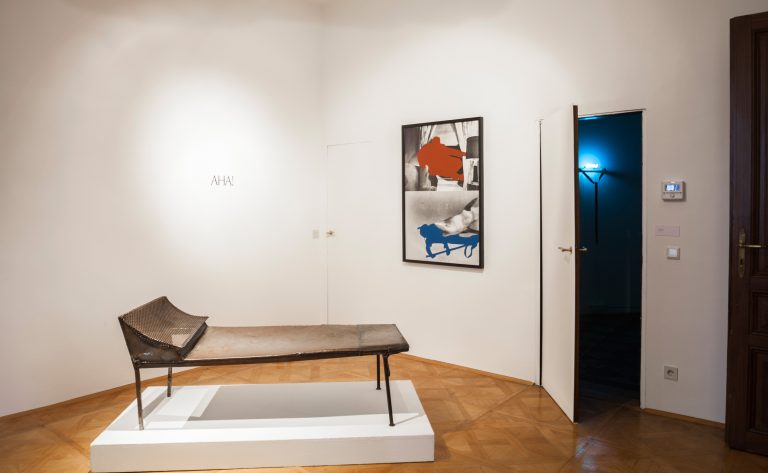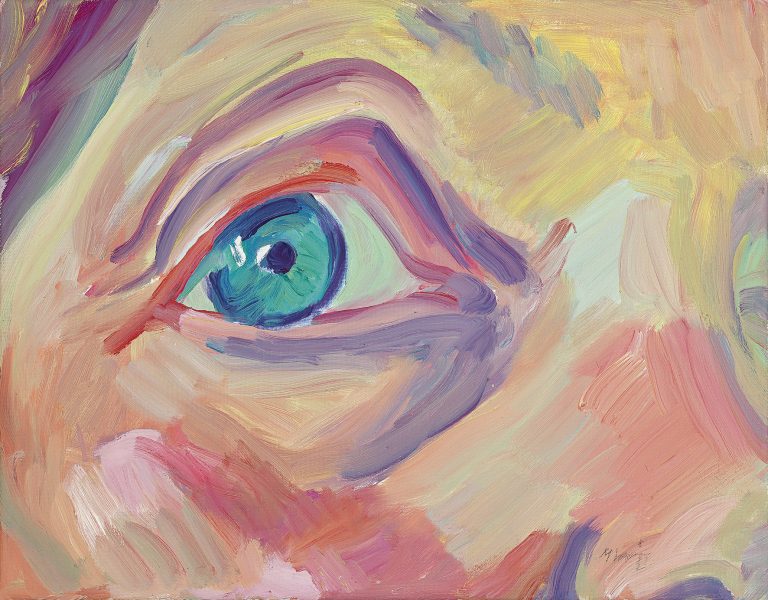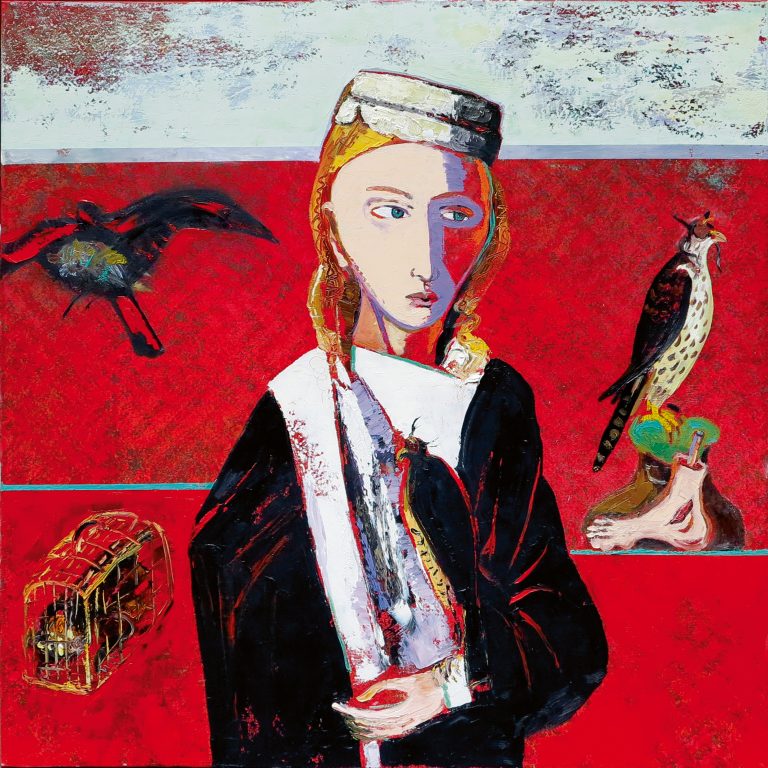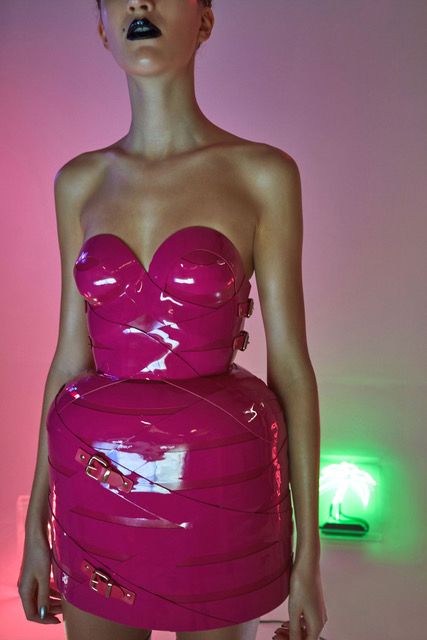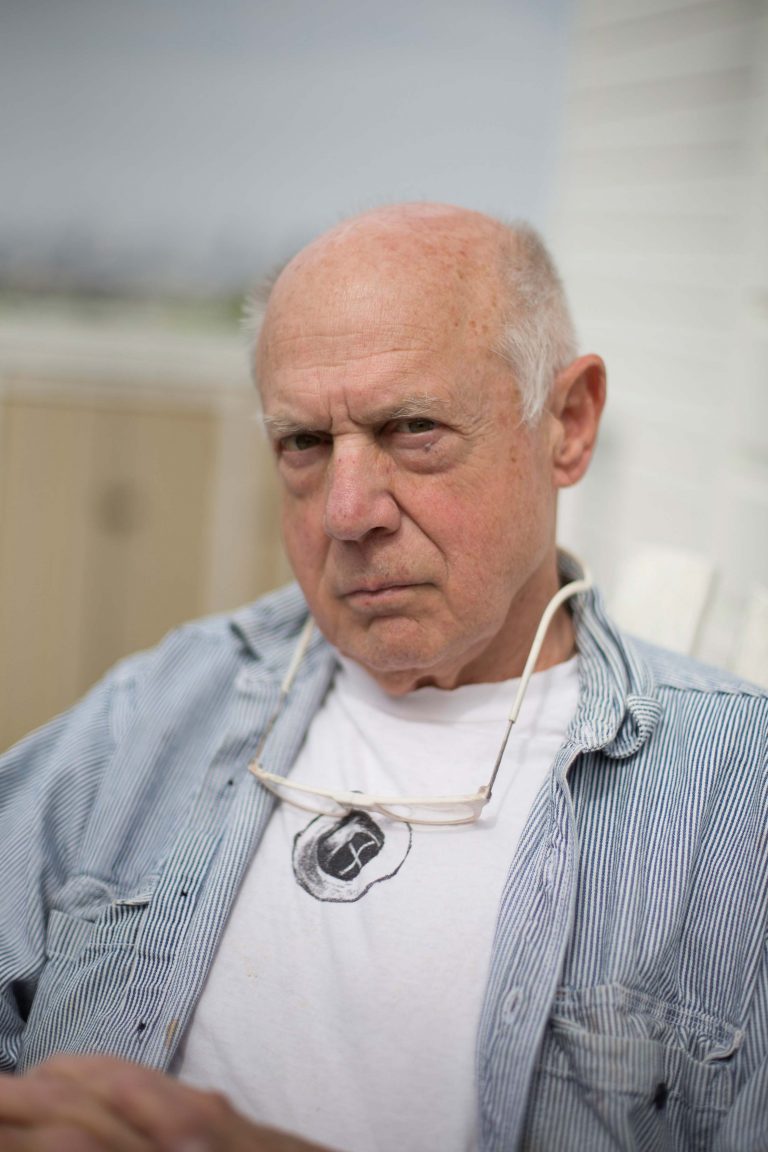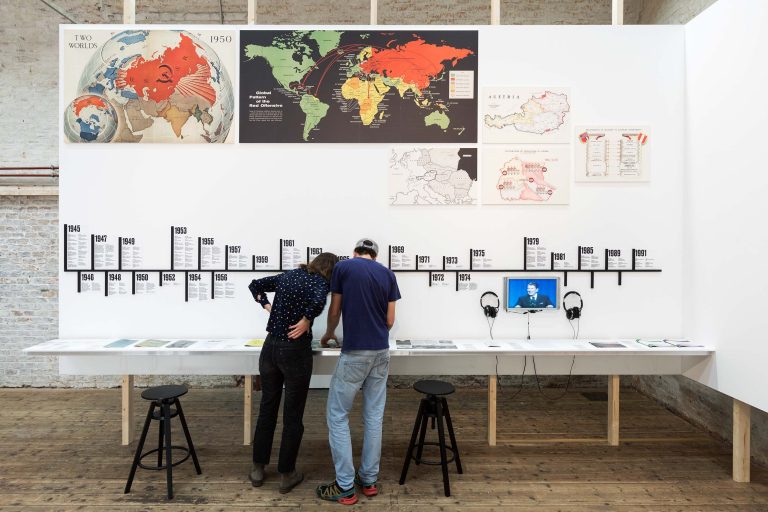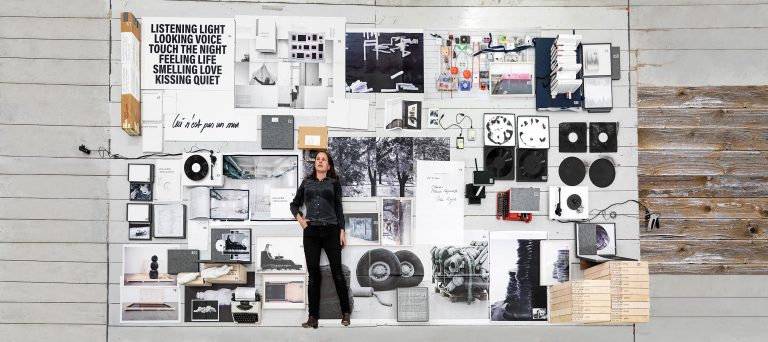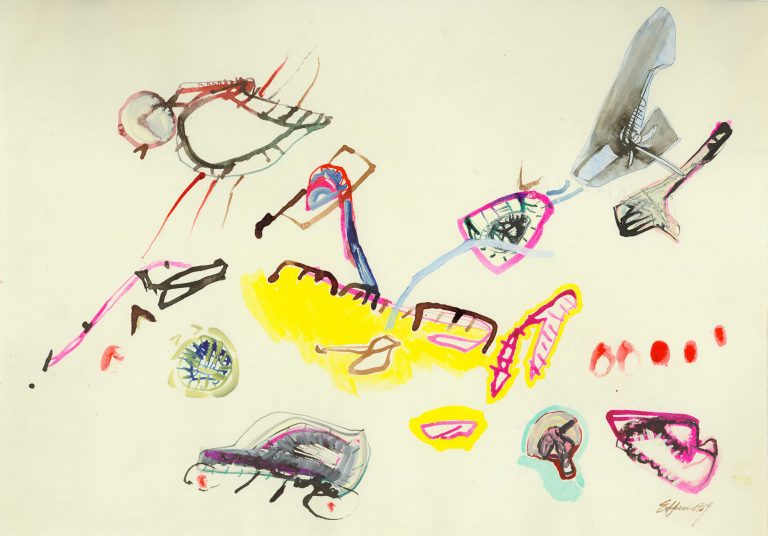Conversation between the shores
CRITIC'S PICKS FOR VIENNA ART WEEK:
Lonely Are All Bridges. Birgit Jürgenssen and Cinzia Ruggeri
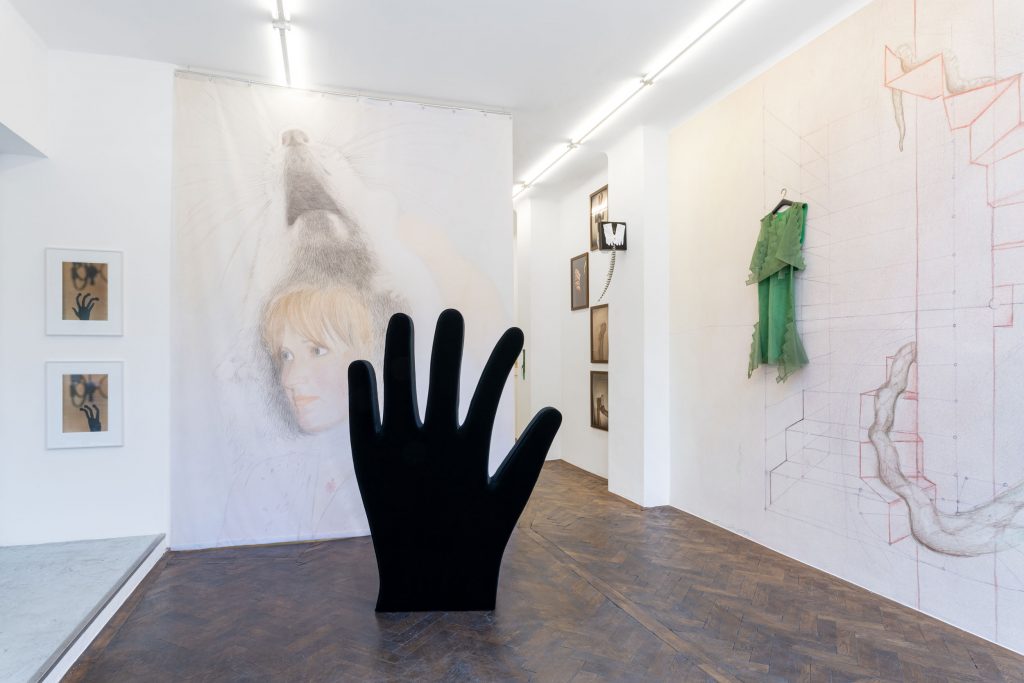
Lonely are all Bridges. Birgit Jürgenssen und Cinzia Ruggeri. Foto: Simon Veres
It is a peculiar duo that Galerie Hubert Winter presents in its current show “Lonely Are All Bridges”: In it, two radical individualists who never met during their lifetimes are to enter a posthumous artistic exchange, on one side the Austrian Brigit Jürgenssen (1949-2003), on the other the Italian Cinzia Ruggeri (1945-2019). One, a jack of all trades who is confidently moving in and between different artistic genres (drawing, photography, assemblage) and styles, the other a hyper-productive border crosser between design, fashion and installation. Two works that, at first glance, could hardly be more different: Jürgenssen’s critical feminist surrealism in the spirit of Oppenheimer, Kahlo, and Bourgeois meets Ruggeri’s poetically twisted postmodernism with echoes of Minimal Art, Participatory Art, and Italian Radical Design. The reason that the dialogue between these two such idiosyncratic positions succeed is to the credit of Marta Papini and Maurizio Cattelan. In terms of selections and arrangement of works the show’s curators have been led by their shared- lets for now all it – ‘obsession’ with the two artists.
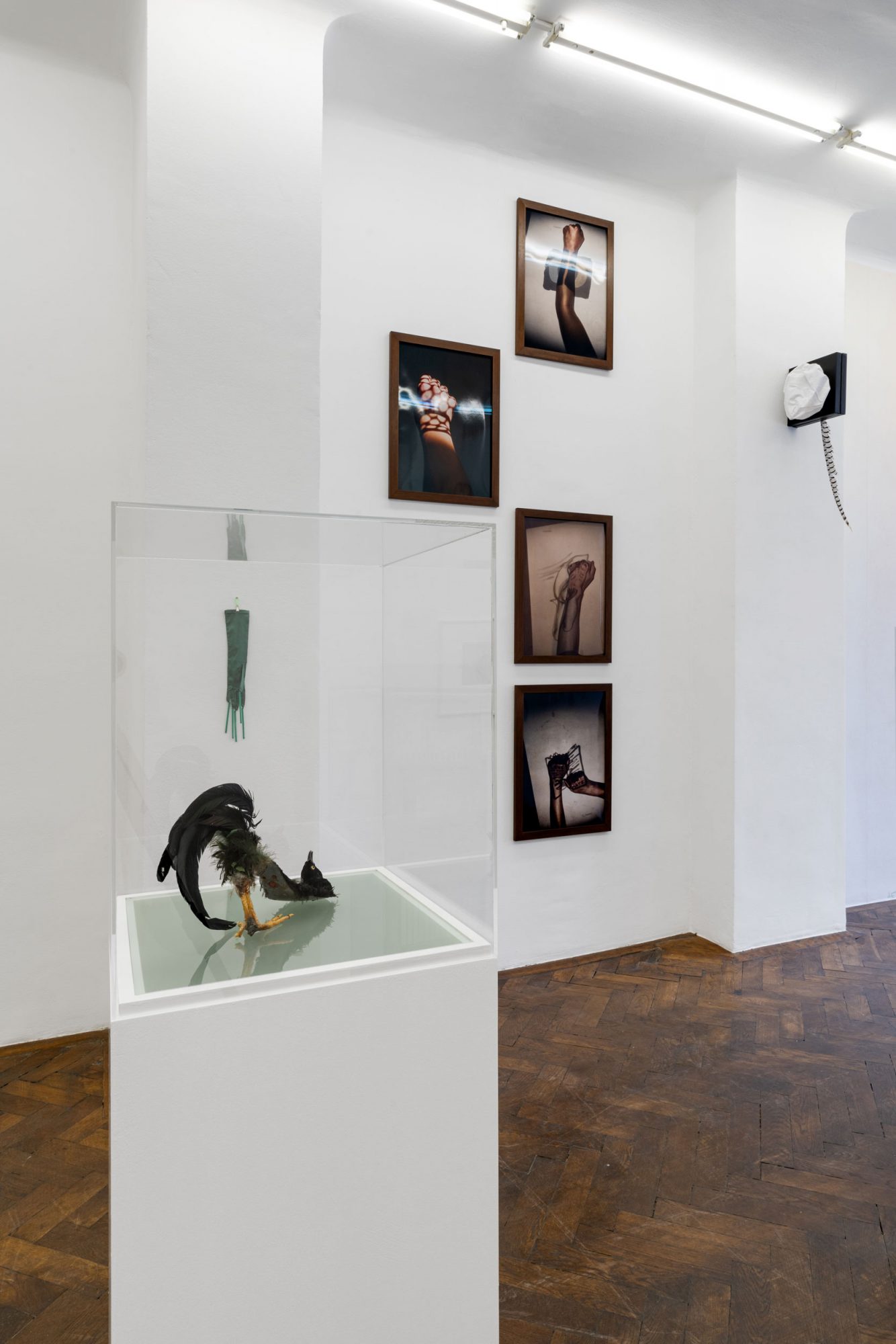
Lonely are all Bridges. Birgit Jürgenssen und Cinzia Ruggeri. Foto: Simon Veres
The show is loosely arranged around a theme that plays a key role in both oeuvres: clothing – clothing as a means of masking and transformation, as something that can conceal and suppress the creatureliness of human existence as well as unleash it, and which – as a fetish – sometimes takes on creaturely traits itself. Right at the entrance we are greeted by Ruggeri’s work “Mano”, a towering, stylized hand (184cm!), which is completely covered with black, matt shimmering velvet fabric. Behind it: two drawings by Jürgenssen enlarged into floor-to-ceiling wall works: depictions of hermaphrodite creatures between human, rodent and snake. In the second room, a selection of assemblages, also from Jürgenssen’s oeuvre, can be seen: a sandal made from the lower jaw of a small predator, a high heel in which a cow’s tongue unrolls, a pump heel with the appearance of a black bird. The ensemble is countered by three textile wall pieces by Ruggeri. Particularly touching: “Oops Il Guanto Perduto” – a forgotten glove that mourns the loss of its wearer.
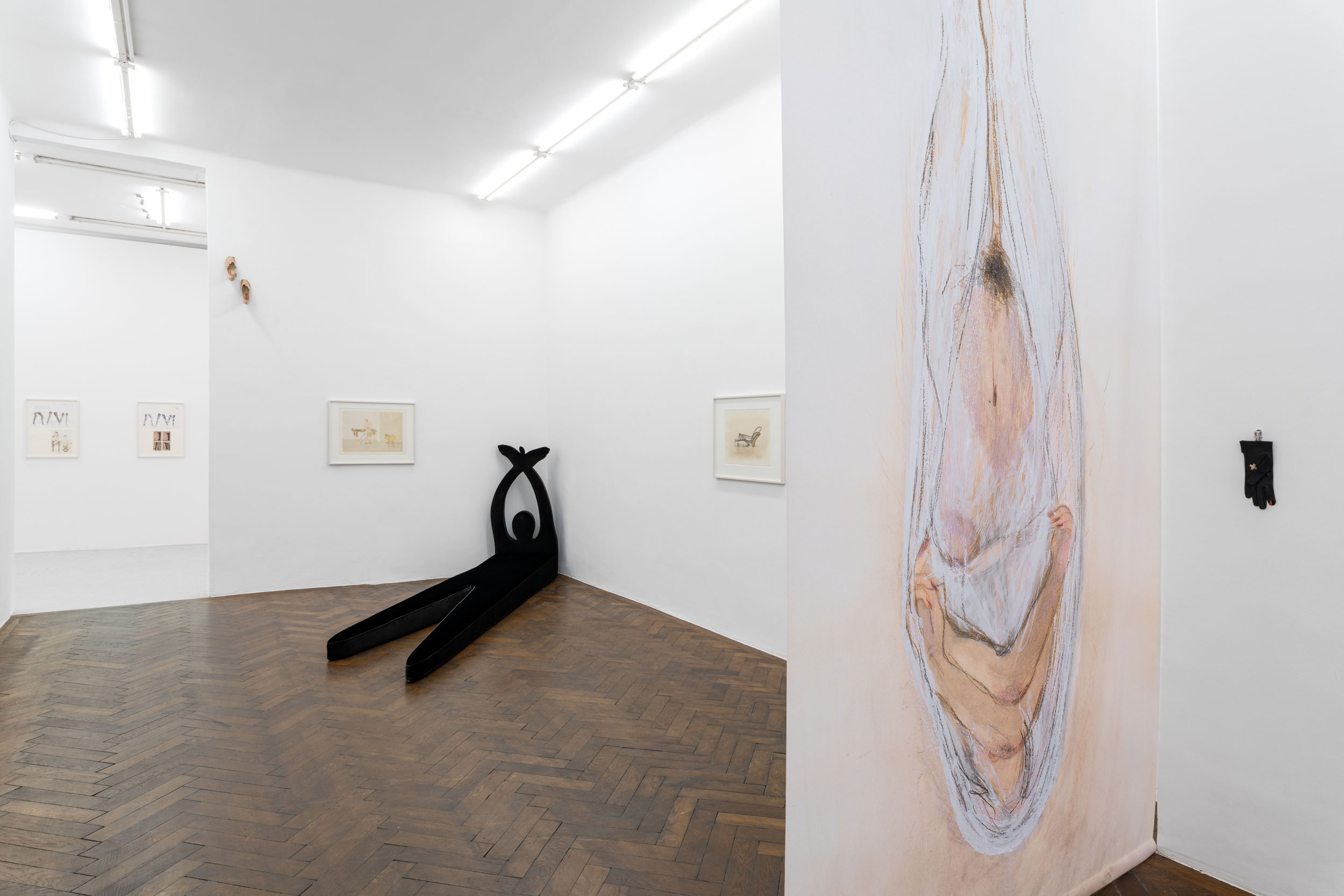
Lonely are all Bridges. Birgit Jürgenssen und Cinzia Ruggeri. Foto: Simon Veres
The complementarity of the two works comes across most clearly (and beautifully) in the juxtaposition of the (formally strikingly similar) works “Kopfsandale” (Jürgenssen) and “Borsa Schiaffo” (Ruggeri): On one side, presented under glass on a pedestal, a leather red face mask with clear BDSM references; on the other, hanging vis-à-vis on the wall, a red leather handbag that can be used both as a glove and as a striking utensil (for disciplining grabbers): Clothing as a means of self-subjugation and self-empowerment. The ambivalence of fashion could hardly be depicted more pointedly.
The fact that Jürgenssen is represented with significantly more works than Ruggeri may initially be irritating. In view of the great tenderness and fragility of Jürgenssen’s work (above all, her fantastic oeuvre of drawings), however, the decision makes sense. If Ruggeri were represented with more works – especially installative, expansive works – the artistic dialogue intended by Papini and Cattelan would probably quickly slip into imbalance. As it is, however, “Lonely Are All Bridges” is an equal exchange between two – in the very best sense – highly unequal interlocutors.
(Maximilian Steinborn)
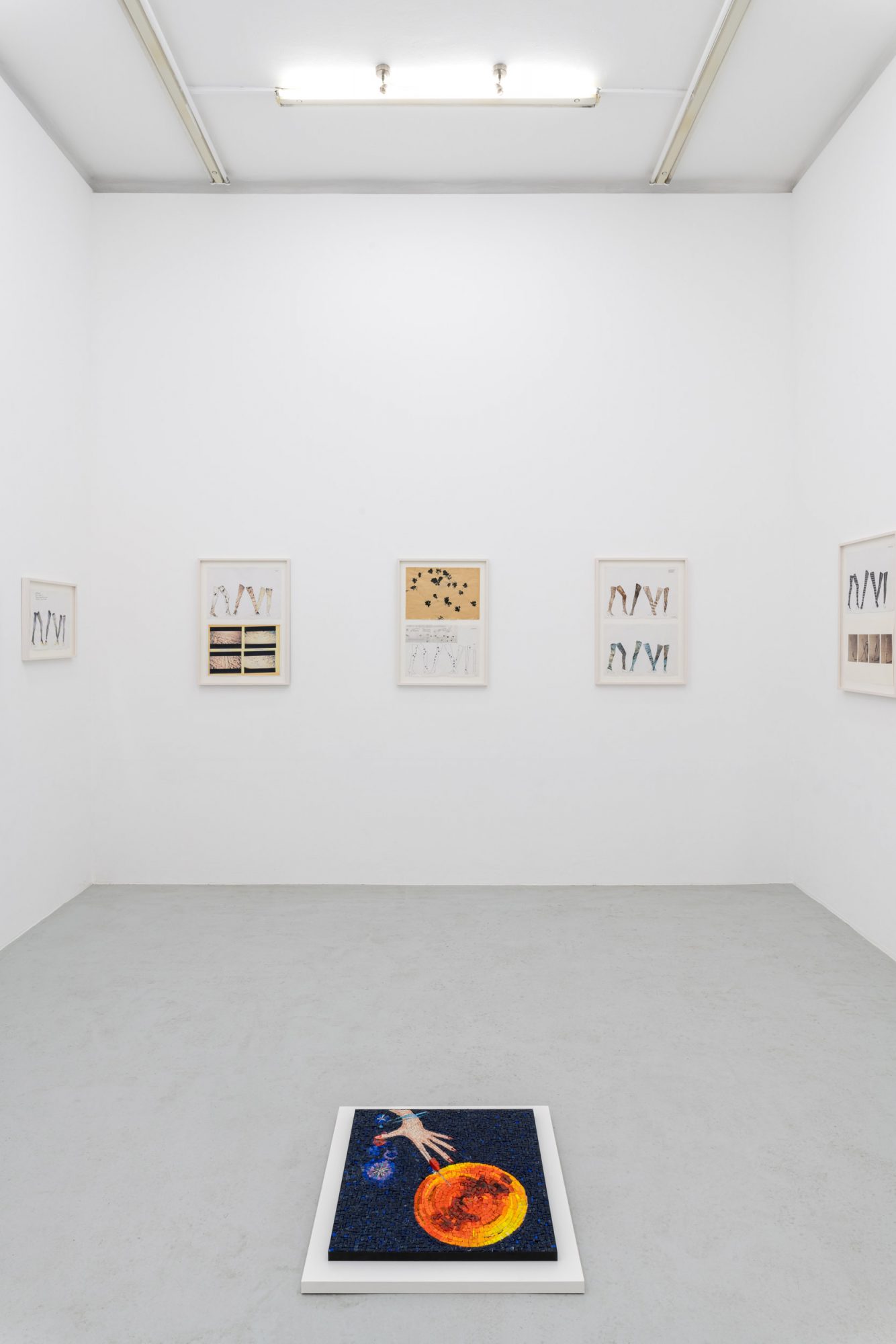
Lonely are all Bridges. Birgit Jürgenssen und Cinzia Ruggeri. Foto: Simon Veres

